Written by Peter A. Badejo. O.B.E. 2024
Nigeria is a huge country in West Africa with a population above 230 million people. Over 500 distinct languages are spoken within the borders of this diverse, multi-ethnic nation. These languages bear witness to Nigeria’s various cultures wherein dance and music play vital roles in the ethos of their existence. Among Nigerians, dance permeates everyday life. It serves as an essential aspect of celebrations, social gatherings, and religious existence of diverse cultures and people. Dance is integral to each culture’s sense of its core dynamic medium of art and expressivity for the people. Indeed, dance and music reflect the essence of Nigerian life¹.
As such, the word ‘dance’ in English seems insufficient when rendered to describe the multifaceted purposes of these dance events in Nigeria. Dance in Nigeria is a non-compartmentalised expressive activity that functions as an essential part of the nation’s various origin cultures. Dance and music are twin artistic cultural activities through which socio-political and spiritual interactions are communicated and perceived². It is a way of communicating both collective and personal experiences through the essence of multiple cultural lens³. Nigeria’s multifaceted dance cultures are vibrant, participatory and socially interactive art forms and activities. Dance in Nigeria also enhances the transmission and foundations of education, building self-confidence, moral values and establishing community values among the youth.
From its inception in Britain, Nigerian dance enjoyed warm reception from Nigerians and other host communities. With the numerous Nigerian communities in cities, the dance forms found welcoming environments, and this encouraged its British hosts. Its newness, dynamism and participatory nature guaranteed some form of appreciation in Britain. Gradually Nigerians formed some cultural groups that began to attend and perform at open arts/cultural gatherings /festivals. Such public performances where Nigerian dance forms were featured encouraged the building of new audiences. That exposure evolved into audience support, demonstrating an appreciation and admiration for the dances. In Britain, these dance forms first appeared and showcased live in the parks and at street festivals as expressions of cultural exchanges and were initially viewed as spectacle for its newness.
As traditional Nigerian dance forms such as the Igbo “Atilogwu”, Yoruba “Bata” and Hausa ‘’Koroso/Sharo’’ found a place in the multicultural tapestry of Britain, the Nigerian in Britain, saw it as a way to ruminate over home memories and participate in their heritage practices. It also became a way of promoting community sharing with members of the British community. The participatory nature of Nigerian dance has enhanced cultural inclusiveness in British society especially in the urban cities.

Copyright granted by permission of Eric Richmond
Nigerian dance presentations in the UK have grown tremendously into theatrical forms beyond the park shows. From the early periods when the dances were reflected by just visiting dance-groups on cultural exchange visits, (*4) professional dance companies also have developed. Artists have worked with Nigerian Choreographers and Directors on touring contemporary works that are based on Nigerian dance perspectives. In the late 80s and early 90s, a number of companies were established and lead by Nigerian Artistes. These include Sakoba Dance Theatre by Bode Lawal, Ritual Arts Theatre by Rufus Orishayomi, who worked in schools and toured productions, Osun Arts Foundation by ‘Dimeji Adisa who combined visual arts and performance for touring and school work, PAAC (Project for African Arts and Culture) by Emmanuel Josiah and Badejo Arts Contemporary Dance Company by Peter Badejo whose work is acclaimed to have an intellectual approach to the practices of the dance, to name a few. These Nigerian dances and theatre works in time gained recognition from the arts enthusiast and other sectors of the society.
Nigerian dance forms and practices have influenced as well as enriched the understanding and appreciation of diverse cultural values of dance in societies. By incorporating Nigerian dance expressions into educational school residencies, clubs, extracurricular activities, the valuable IROKO Theatre Company’s works have brought the Nigerian art and cultural knowledge into the educational and cultural sphere. Through IROKO’s community and school works, young people across Britain have gained knowledge that may not be available to them in the classroom. Also academic researchers in the institutions of higher learning are exploring intercultural works based on the Nigeria dynamic of dance and music art forms.
As time went by, other values of these cultural expressions started to manifest. In contemporary settings, the popular dance forms were propagated alongside the catchy Afrobeats, a music fusion of African rhythms with Western influences. As such, Afrobeats music genre incorporates the Nigerian dynamic and its infectious dance movements, and this popularized the creative dance forms in Nigeria, Britain and globally. British night clubs, entertainment centres and various Youth clubs have adopted these music/dance genres as their forms of self-expression. While the rhythm of Nigerian music booms, various versions of the Nigerian dance movements developed and are performed by different people irrespective of their places of origin. Afrobeats rhythms popularised by artists (music and dance artists) like Wizkid, Davido, and Burna Boy bred a global Nigerian dance phenomenon.
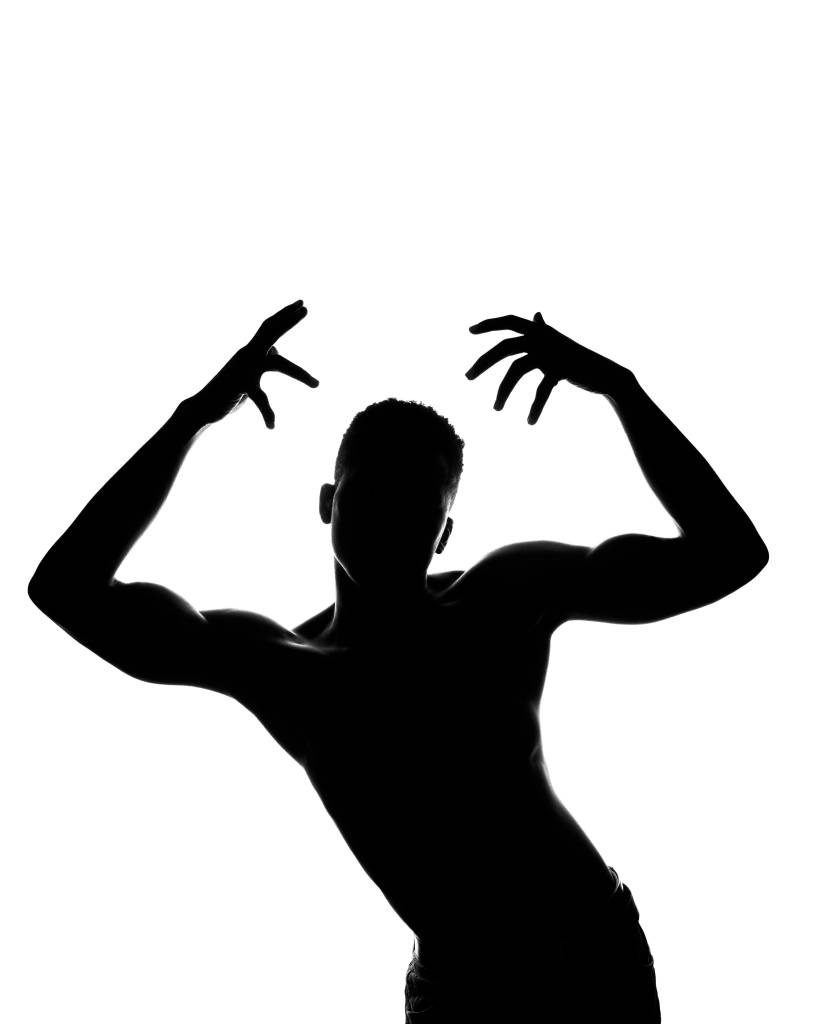
In entertainment, music-videos and film collaboration works by British and Nigerian artists, Nigerian dance forms are prominently featured. It is not uncommon these days to see Nigerian dances infused within social activity celebrations in Britain. Commercial events have embraced Nigerian dance and music in collaborative theatre productions, advert video and film-making. Nigerian dance theatre presentations have also grown. There are now professional dance companies that tour works based on Nigerian dances perspectives. Nigerian dance artists are gaining recognition from the arts and other creative sectors of the society for their contributions to cultural awareness.
Nigerian dance in Britain is dynamic and interactive and has been a strong component in cultural exchange in the multicultural society, enriching the cultural landscape of Britain.
References:
*1. Badejo, Peter A. (2024). African-Caribbean Dance Expression: The struggle for contemporary space in the UK.’ (Article – presented at the ‘Let’s Dance International Frontiers’ 2024)
*2. Ramdhanie, Bob (2005). African dance in England: spirituality and continuity, PhD thesis, University of Warwick.
*3. Badejo, Peter A. (2024). Ibid.
*4. Badejo, Peter A. (2024). Ibid.
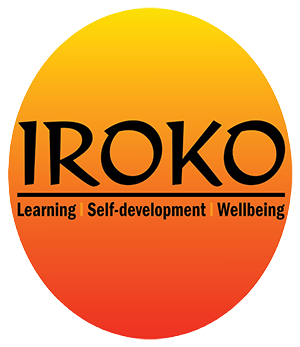
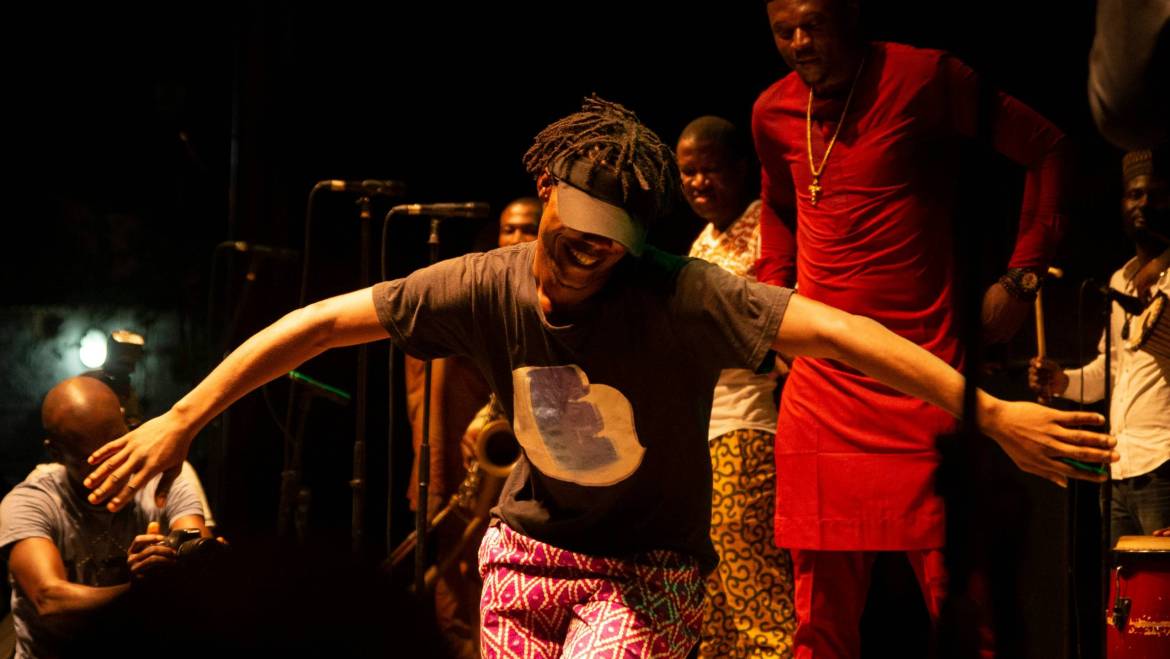
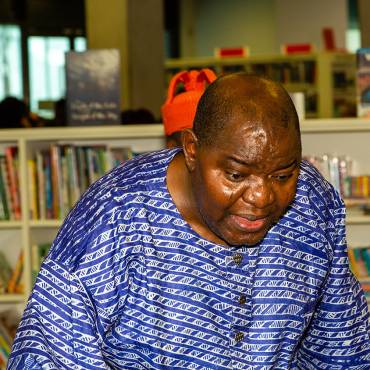
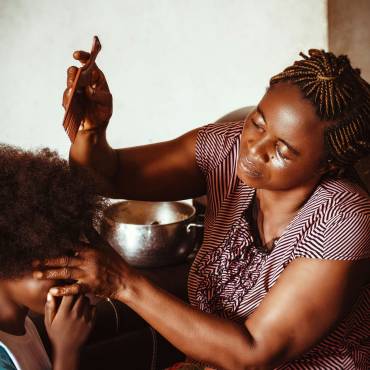
1 Comment
This is great. Well done sir.
Comments are closed.